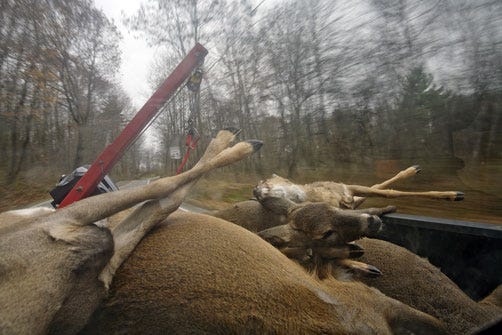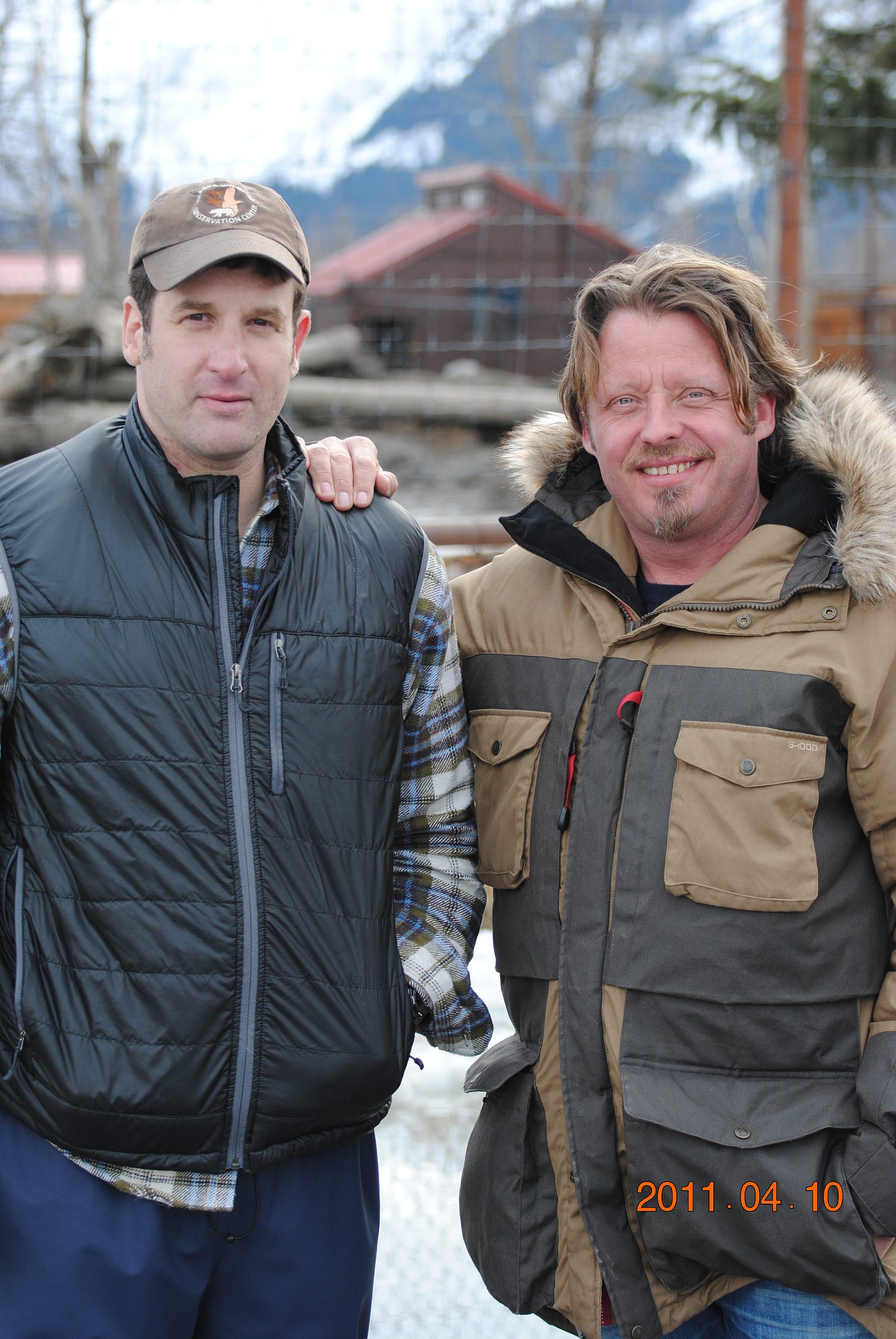By Jordan Schaul | National Geographic | April 25, 2011
Automobile accidents constantly remind us of just how dangerous our roadways can be. With nearly 200 million motor vehicles taking to the streets and highways everyday, it is no surprise that some human lives end tragically on the road. But we often forget how many of these accidents also end animal lives. Millions of vertebrate...
April 25, 2011
Automobile accidents constantly remind us of just how dangerous our roadways can be. With nearly 200 million motor vehicles taking to the streets and highways everyday, it is no surprise that some human lives end tragically on the road. But we often forget how many of these accidents also end animal lives.
Millions of vertebrate animals become roadkill every week, according to the Humane Society of the United States — a figure that excludes animal deaths from collisions involving off-road vehicles like ATVs and snowmobiles, which incidentally are very dangerous to their respective human operators, let alone animal bystanders. I should add that road collisions kill more animals than are killed in the U.S. by laboratory animal researchers and game hunters combined.
Road-associated mortalities may or may not be astonishing, but wildlife conservationists consider roadkill so much a threat to species survival that they have begun looking for solutions through an emerging discipline known as road ecology. Here’s why: Some species like the woodland caribou are threatened more from road collisions than from habitat loss. And at one point when Florida panthers were truly on the brink of extinction, half of the extant population succumbed to road collisions.
Roadkill is a serious problem facing conservationists, and it will only continue to decimate wildlife populations if road deterents are left out of the solution and we continue to develop more wildlands for vehicular transport. California Fish and Game is more concerned about the impact of Insterstate 15 on mountain lions than the impact of poaching on these elusive cats.
While filming the BBC documentary “Dangerous Roads” with British actor Charley Boorman at the Alaska Wildlife Conservation Center, I was asked about how many and which type of the orphaned animals come under our care. Bears, fox, musk ox, moose and other orphaned wildlife find permanent and sometimes temporary homes at our center following traffic- related incidents. Since many adult moose and bears need to be humanely dispatched or euthanized by state troopers following these accidents, their offspring often become candidates for placement at our center.
Although not all youngsters survive long enough to be placed in our possession, those that do get a second chance at life are sent to us at the discretion of the Alaska Department of Fish and Game and the Division of Alaska State Troopers. This is also the case for animals placed at other captive wildlife facilities in Alaska.
In Anchorage, Alaska’s largest city, 130 moose die each year from land vehicle-related accidents. People don’t fare well either when their cars collide with an animal that can weigh as much as 1600 lbs. In one four-day period seven people were involved in moose-related accidents in the state where 17 people died between 1996 and 2006. That is nearly two deaths a year in a state as large as ours. (Alaska has 40% of the United States entire shoreline, and is only home to about 1 million people. )
According to CNN, 1.5 million deer-related incidents are reported every year in the U.S., including moose- involved car crahes. This is just one reason bears are more dangerous than moose in Alaska. To help maintain moose-free roads, wire fences and moose corridors have been established which protect both moose and travelers.
As mentioned, road ecology is an emerging science. With roots in ecosystem and environmental fields, it is a multidisciplinary science that blends the disciplines of ecology and transportation studies, particularly vehicular and pedestrian traffic studies. Among road ecology institutes, the UC Davis Road Ecology Center promotes the development of sustainable transportation “based on an understanding of the impact of roads on natural landscapes and human communities.”
Animal deaths from collisions with road vehicles are a significant source of mortality for wildlife and will continue to be until realistic solutions are integrated into traffic safety programs. Reporting of roadkill has been helpful in elucidating trends in wildlife-associated vehicular collisions. In California, for example, the web-based California Roadkill Observation System is in place for citizens to report roadkill and contribute to the understanding and prevention of road-associated mortalities among mammals, birds, reptiles and amphibians.
Dr. Jordan Schaul is the founder of Schaul PR Group . He was a regular contributor to pop culture and science publications, including Nat Geo Voices & HuffPost.





